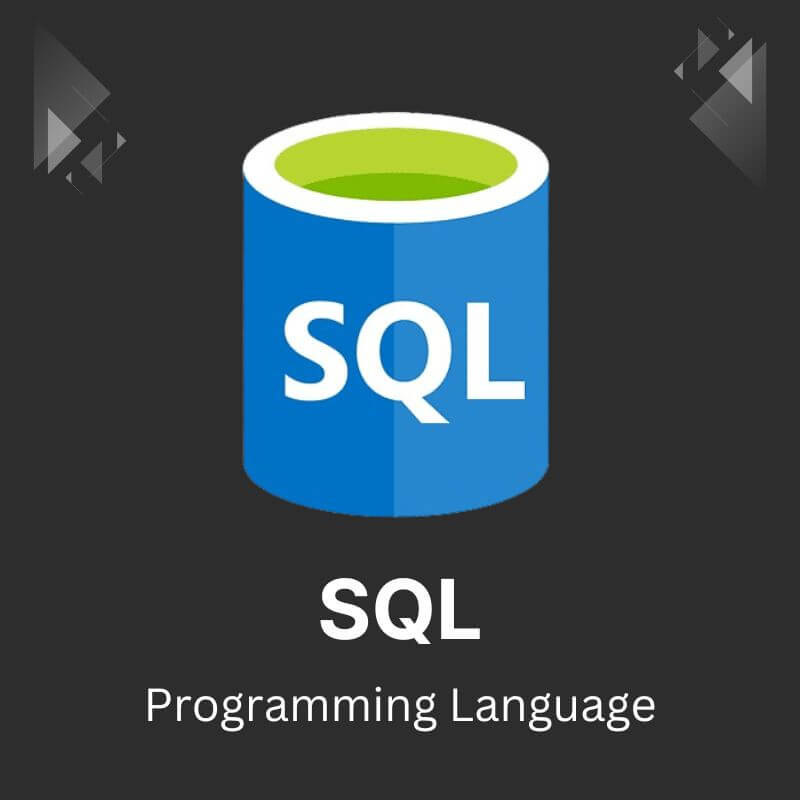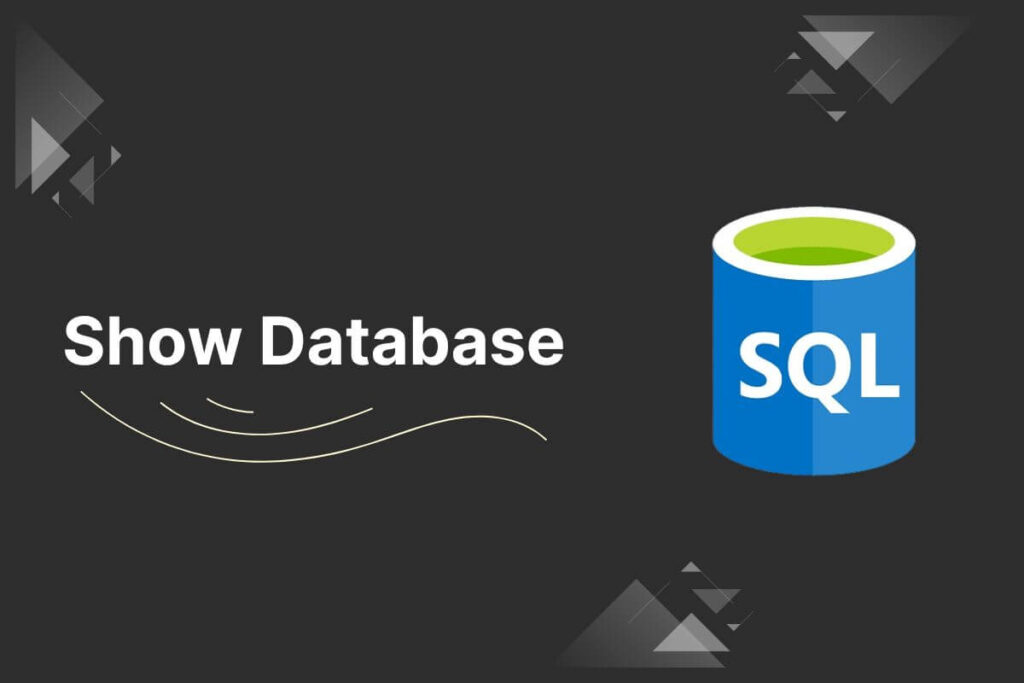One of the most fundamental commands in SQL is the “SHOW DATABASES” statement, which provides a simple yet powerful way to retrieve a list of all the databases available within a given RDBMS instance.
The “SHOW DATABASES” statement is a part of the SQL language’s Data Definition Language (DDL) subset, which deals with the creation, modification, and deletion of database objects. This particular statement is incredibly useful for database administrators, developers, and anyone working with databases, as it allows them to quickly identify and navigate the available databases.
Syntax
The basic syntax for the “SHOW DATABASE” command is as follows:
SHOW DATABASES;
Common Use Cases
1. Listing Databases
This simple command provides a list of all the databases in the SQL environment you are currently connected to.
SHOW DATABASES;
2. Checking a Specific Database
Replace ‘your_database_name’ with the actual name of the database you want to check. This variation of the command is useful when you are interested in specific databases.
SHOW DATABASE LIKE 'your_database_name';
3. Filtering Databases
Use this command to filter databases based on a specific prefix. This is handy when dealing with a large number of databases, allowing you to narrow down your search.
SHOW DATABASES WHERE `Database` LIKE 'prefix%';
4. Sorting Databases
Sorting databases alphabetically can make it easier to locate a specific database in the list.
SHOW DATABASES ORDER BY `Database`;
The “SHOW DATABASES” statement in SQL is a simple yet invaluable tool for database professionals and enthusiasts alike. It provides a concise way to view the available databases within an RDBMS instance, enabling users to navigate and work with the appropriate databases efficiently.
Whether you’re managing a large-scale database system or learning SQL for the first time, mastering this fundamental command will undoubtedly enhance your database management skills.


